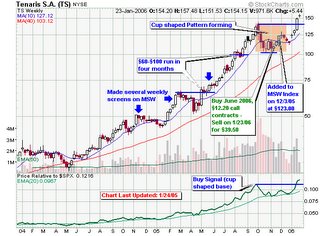 This post is non-stock related but I thought it would be cool to post a picture of my dog playing in the blizzard yesterday since snowfall totals can make investors money. How? I will explain that below!
This post is non-stock related but I thought it would be cool to post a picture of my dog playing in the blizzard yesterday since snowfall totals can make investors money. How? I will explain that below!
Many of the readers of this blog come from other parts of the country and even other parts of the world. We received about 22” of snow in a 15 hour period. We did not set the snow record in my town as we are in the suburbs and have had storms reach 30” or more but it was the all-time record at 26”+ in NYC.
My wife named our dog Bob! I call him Buddy Bob or Bobby.
Since it did snow, I figured I would link this image of my dog playing in a lot of snow with something that many of you may not know:
Weather futures can be traded on the CME (Chicago Mercantile Exchange).
Inside of this world of weather futures, investors are now able to trade Snow Futures and Options as reported in the Chicago Tribune and Bloomberg News:
Chicago Merc to trade snow futures, options
By Darrell Hassler and Nandini Sukumar
Bloomberg News
Published February 9, 2006, 2:19 PM CST
The Chicago Mercantile Exchange, the biggest U.S. futures market, is creating futures and options contracts that pay out based on amount of snow that falls in New York’s Central Park and Boston’s Logan International Airport.
The Merc, the only exchange to offer weather derivatives, is expanding its range as trading surges in existing contracts linked to the number of frosty days and the temperature in U.S., European and Asian cities.
Weather derivatives trading at the Merc jumped more than sevenfold last year to 889,000 contracts on demand from companies whose fortunes change with the weather. The derivatives might be used by municipal snow removers or energy traders, said Brian O’Hearne, managing director of the environmental and commodity markets for Swiss Reinsurance Co.
“There really is an increasing interdependence of commodity price action and weather action,” O’Hearne said in an interview from his New York office. He is also president of the Washington- based Weather Risk Management Association, a trade group.
The derivatives will be based on a new snowfall index that the Merc will create, with contracts for each month from October through April, the Merc said in a memo to clients yesterday. Merc spokesman Allan Schoenberg confirmed the contents of the memo today.
The index will be based on the amount of snowfall in the designated month of the contract, as reported by Earth Satellite Corp. taking measurements at the Boston airport and New York park.
Futures are agreements to purchase contracts at a set date and time, while options give one side of the contract the right to do so. The contracts are settled only on the last day of each contract month, the Merc’s memo said.
Schoenberg declined to elaborate more on the contract.
The Merc’s shares fell $3.39 to $400.51 at 2:48 p.m. in New York Stock Exchange composite trading. Before today, they gained 92 percent in the past year.
-Piranha


Connect with Me